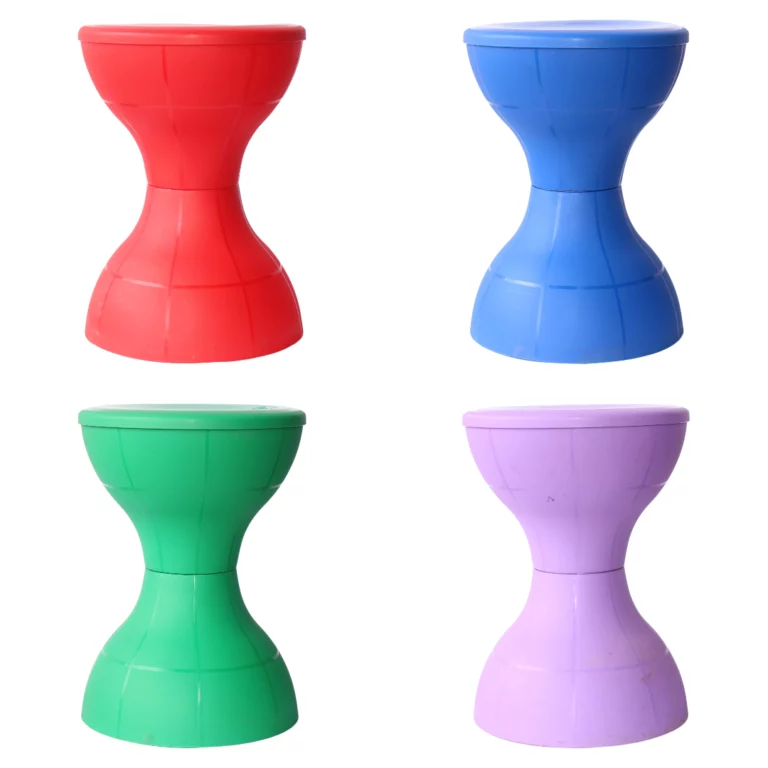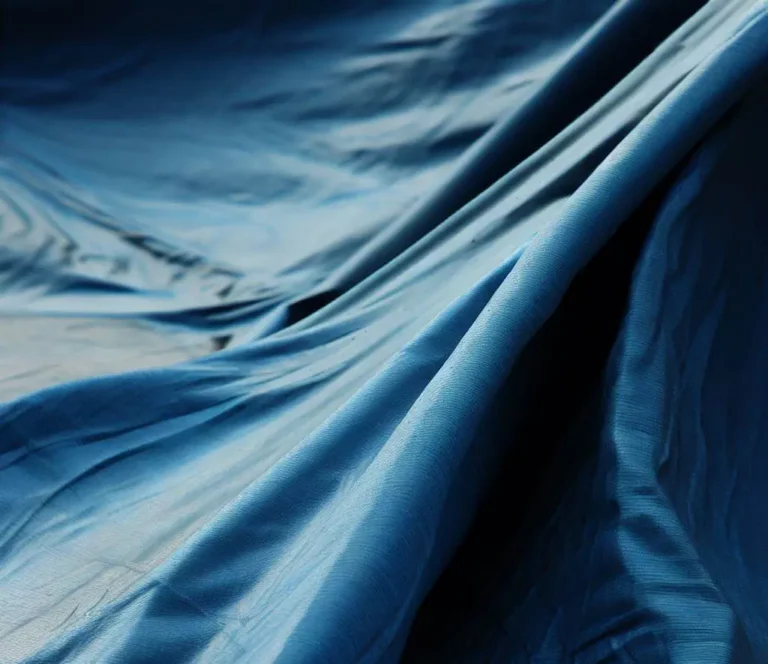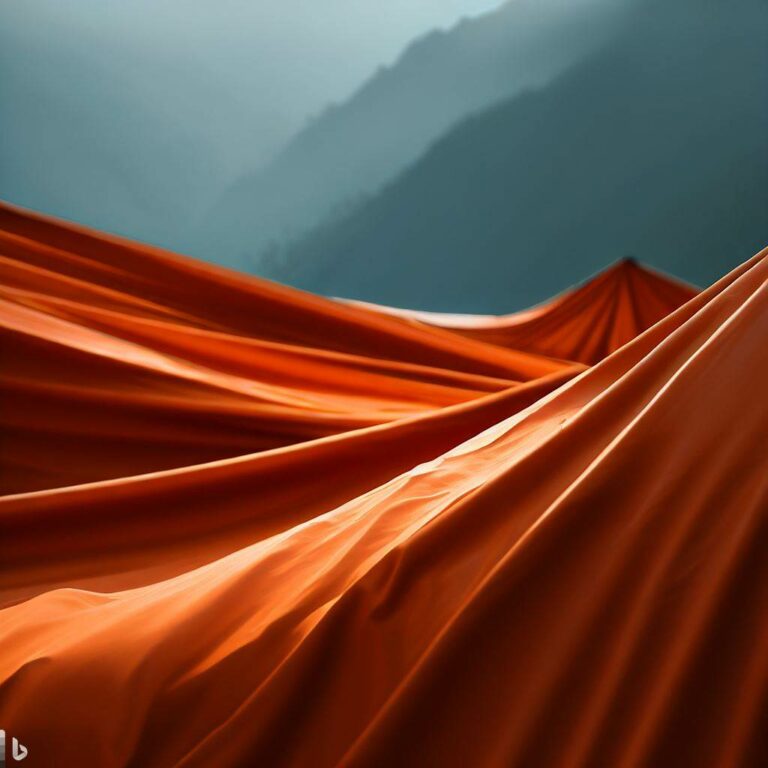What is Tripal/Tarpaulin? Beginner’s Guide to Tripal
Tripal or tarpaulin is a strong and flexible material used to cover or protect goods and shelter them from the elements.
The construction of this item involves the utilization of materials such as polyester, canvas, and PVC.
In Nepal, Tripal is commonly used as a roofing material for houses and as a covering for trucks and other vehicles. This guide for beginners will delve deeper into tripal, its production process, applications, and advantages of its usage.
What is Tripal?

Tripal is a versatile material that is commonly used for covering and protecting goods, equipment, and people from the elements.
This textile is produced by blending polyester, canvas, and PVC and showcases strength, durability, and the capacity to withstand harsh weather elements. In Nepal, Tripal is commonly used as a roofing material for houses and as a covering for trucks and other vehicles.
How is Tripal made?
Tripal is made by weaving or knitting polyester, canvas, or PVC fibers together. A waterproof coating is applied to the fabric to confer water resistance and fortify it against other environmental factors.
The thickness and strength of the Tripal depend on the number of layers used in the weaving or knitting process. The fabric can be augmented with extra layers to heighten its potency and resilience.
Quality Measurement of Tripal/Tarpaulin
Measuring the quality of a Tripal is important to ensure its durability and effectiveness. One common method used to measure the quality of Tripal is the GSM (grams per square meter) method.
The GSM technique gauges the mass of the textile per unit area, which serves as a reliable measure of its sturdiness and longevity. Generally, the higher the GSM, the stronger and more durable the Tripal.
For example, a Tripal with a GSM of 400 is typically thicker and stronger than Tripal with a GSM of 200. The GSM method is commonly used in Nepal to measure the quality of Tripal used for roofing, covering, and agriculture.
In addition to GSM, other factors such as weave density, yarn count, and coating quality also contribute to the overall quality of Tripal. It is important to consider these factors when selecting Tripal for specific applications, as they can affect its performance and lifespan.
Tip: Use our Ultimate Guide to GSM for more details.
Uses of Tripal
Tripal has a variety of uses, including:
The roofing material for houses
In Nepal, Tripal is commonly used as a roofing material for houses. With its lightness, effortless installation, and ability to endure heavy rain and fierce winds, this material proves to be highly functional. Tripal roofs are also affordable and can be used to cover large areas.
Covering for vehicles
Tripal is also commonly used as a covering for trucks and other vehicles. This material shields the contents and equipment within the vehicle from adverse weather and safeguards them from harm.
Temporary shelters
Tripal can be used to create temporary shelters for events, festivals, and emergencies. With its low weight, straightforward installation, and capability to build expansive shelters to accommodate numerous individuals, this material proves to be highly versatile.
Agriculture
Tripal finds application in agriculture as well, serving to shield crops from pests, bugs, and severe climatic circumstances. It can be used to cover the crops and create a greenhouse-like environment that promotes growth and protects the crops from external factors.
Benefits of using Tripal
There are several benefits of using Tripal, including:
Durability
Tripal is a durable material that can withstand harsh weather conditions, making it ideal for use in Nepal’s unpredictable weather.
Affordability
This inexpensive material can cover vast expanses at a mere fraction of the expense of alternative materials.
Lightweight
Tripal is lightweight, making it easy to transport, install, and remove.
Versatility
Tripal proves to be a flexible material, capable of serving diverse functions, such as roofing, covering, and agriculture.
Tip: Check our Ultimate Guide to Tripal/Tarpaulin for choosing the right Tripal/Tarpaulin for your needs.
Conclusion
In conclusion, Tripal is a versatile material that is commonly used in Nepal for roofing, covering and agriculture. Boasting of sturdiness, durability, and the ability to withstand severe weather conditions, this material is composed of an assortment of substances, including polyester, canvas, and PVC.
Using Tripal has several benefits, including affordability, durability, and versatility, making it an ideal choice for a variety of applications.
FAQs
-
What is Tripal?
Tripal is a strong and flexible material used to cover or protect goods and shelter them from the elements.
-
What is Tripal made of?
A blend of diverse elements, such as polyester, canvas, and PVC, constitute the composition of Tripal.
-
What are the benefits of using Tripal?
Using Tripal has several benefits, including durability, affordability, lightweight, and versatility.
-
How is Tripal made?
Tripal is made by weaving or knitting polyester, canvas, or PVC fibers together and coating them with a waterproof layer to make them resistant to water and other elements.
-
Can Tripal be used in agriculture?
Yes, Tripal is commonly used in agriculture to protect crops from pests, insects, and harsh weather conditions.
-
Is Tripal easy to install?
Yes, Tripal is lightweight and easy to install, making it a popular choice for covering and protecting goods and shelter.
-
How long does Tripal last?
The lifespan of Tripal depends on the quality of the material and the conditions it is exposed to. However, with proper care and maintenance, Tripal can last for several years.
In conclusion, Tripal is a versatile and durable material that has a variety of uses in Nepal, including as a roofing material for houses, a covering for vehicles, a temporary shelter, and in agriculture.
Incorporating polyester, canvas, and PVC, this material undergoes a waterproof coating process to impart resistance to water and other environmental factors.
Using Tripal has several benefits, including affordability, durability, lightweight, and versatility, making it an ideal choice for a variety of applications.




7 Comments